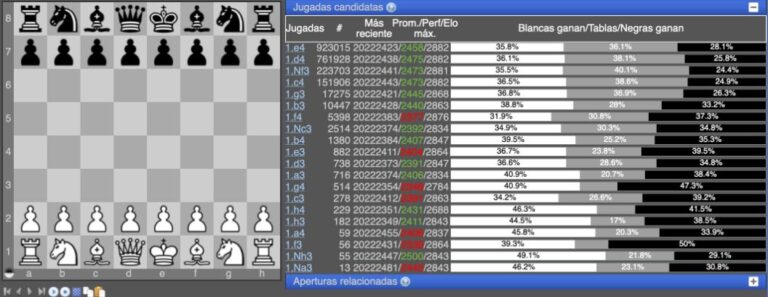Introduction
The knight, also known as the horse, is an essential chess piece in the game of chess. Along with the bishop, the knight is one of the minor pieces on the board. It is also considered to be a versatile piece due to its unique movement pattern. Unlike other pieces, the knight can jump over other pieces and is not bound to move in a straight line. This gives the knight the ability to control squares that other pieces cannot reach. In the middle game, when most of the pieces are developed and the position of the game is established, the knight plays a crucial role in the strategy of the game. In this section, we will explore the various aspects of the knight´s role in the middle game and how it can contribute to a player´s strategy.
Outpost Squares
One of the primary uses of the knight in the middle game is to secure and control outpost squares. Outpost squares are those squares on the opponent´s side of the board which are defended by pawns and cannot be attacked by enemy pawns. These squares are considered valuable as they can be used as a base for future attacks. Knights are the ideal pieces to occupy these squares as they can easily jump over other pieces and occupy these outposts.
Supporting the Attack
The knight is also a valuable piece when it comes to supporting an attack. Due to its unique movement pattern, the knight can bypass enemy pieces and attack from unexpected angles. This makes it an excellent piece to use in a surprise attack. The knight´s mobility also allows it to quickly change direction and attack from a different angle, making it difficult for the opponent to defend against.
The Knight and the Bishop
The knight and the bishop are often referred to as the minor pieces. But when coordinated correctly, they can create a deadly combination. In the middle game, the two knights and bishops can control many squares on the board, putting pressure on the opponent´s pieces. The knight and bishop combination is particularly effective in an open position where the mobility of these pieces can be fully utilized.
Conclusion
The role of the knight in middle game strategy is of utmost importance. It is a versatile piece that can be used to control outpost squares, support attacks, and create deadly combinations with other pieces. A well-placed knight can prove to be a game-changer in the middle game. It is essential to understand the knight´s unique movement pattern and incorporate it into the player´s strategy to make the most out of this powerful piece. With proper planning and coordination, the knight can help a player gain a significant advantage in the middle game and ultimately lead to victory.


